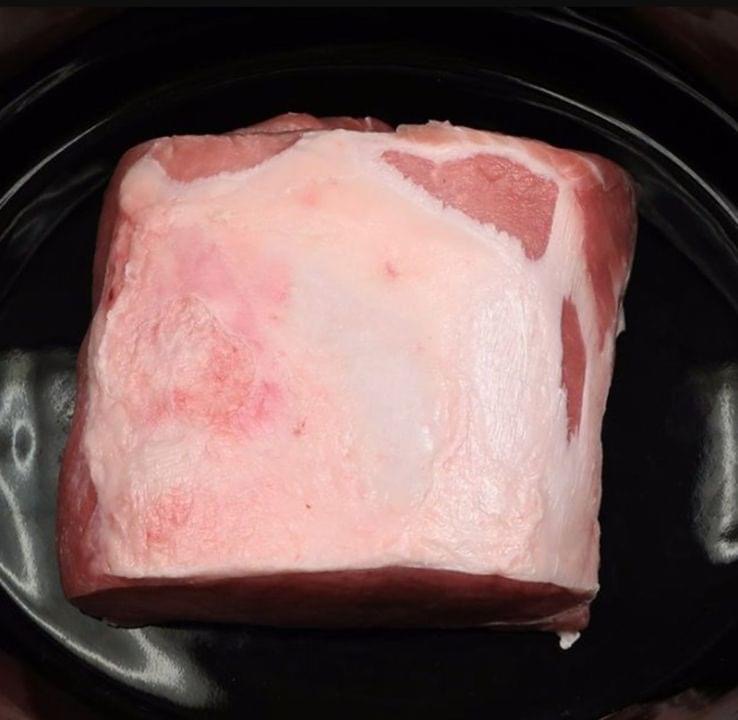This dish immediately transports me to my favorite Korean BBQ joint in the heart of the Big Apple. Bulgogi, a table-cooked marvel of marinated pork, was always my first choice. Despite now residing in central Georgia, where Korean cuisine is a rarity, this dish remains a steadfast comfort. Follow this recipe to craft your own delectable Asian-style pork.
The sauce, with its harmonious blend of sweet, salty, and spicy notes, is the perfect accompaniment to the succulent pork shoulder. Whether paired with steamed broccoli or served atop a bed of rice, this recipe promises a truly tantalizing experience. A final touch of toasted sesame seeds adds a delightful nutty flavor.

Ingredients:
– 1/2 cup soy sauce
– 1/2 cup brown sugar
– 2 teaspoons chili-garlic sauce (or gochujang)
– 1 inch fresh ginger, peeled and grated
– 1 teaspoon toasted sesame oil
– 2 1/2 pounds pork shoulder, skinned and cubed into 2-inch pieces
– Optional: salt and pepper for seasoning
Instructions:
1. Combine soy sauce, brown sugar, ginger, chili-garlic sauce, and sesame oil in a 5-quart slow cooker.
2. Season the pork with salt and pepper, then add it to the slow cooker, ensuring it’s coated with the sauce.
3. Cover and simmer on low heat for 8 hours.
PAID LISTING
For a thicker sauce, mix 1 tablespoon of cornstarch with 3 tablespoons of water and add it to the slow cooker towards the end of the cooking time. Let it sit covered for 5 minutes before serving.
Indulge in the flavors of Simmered Asian Pork Shoulder with Sweet and Spicy Seasonings
The origins of Korean BBQ trace back centuries, with roots in the ancient Korean tradition of grilling meats over open flames. However, the modern form of Korean BBQ, as we know it today, emerged during the 20th century in South Korea.
During the Korean War in the 1950s, meat was scarce and expensive. However, American soldiers stationed in South Korea introduced locals to cuts of beef, which were more readily available in the American military rations. This exchange sparked an interest in grilling meat, leading to the development of Korean BBQ restaurants.
The popularity of Korean BBQ soared in the following decades, both in South Korea and abroad, due to its flavorful marinades, communal dining experience, and interactive table grilling. By the late 20th century, Korean BBQ had become a global phenomenon, with restaurants opening in cities around the world.
In places like New York City, often referred to as the “Big Apple,” Korean BBQ has found a particularly enthusiastic audience, with numerous restaurants offering a wide variety of meats and side dishes for diners to enjoy.
Today, Korean BBQ continues to evolve, with chefs experimenting with new marinades, cuts of meat, and cooking techniques. It remains a beloved culinary tradition, cherished for its bold flavors, social atmosphere, and cultural significance.
